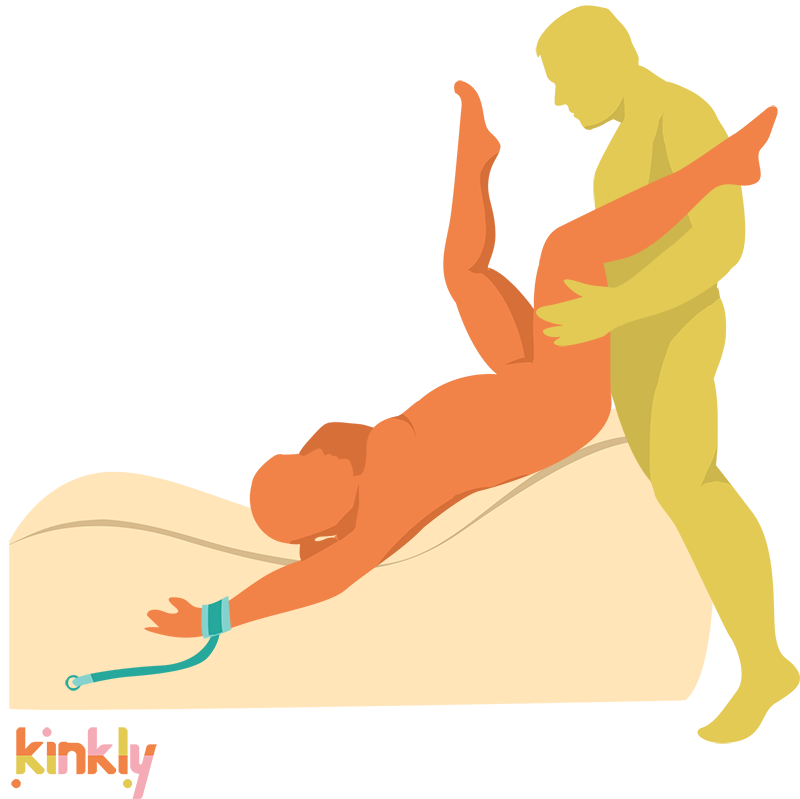Gender reparative therapy is a type of counseling which aims to make transgender and gender nonconforming people align with their sex assigned at birth, rather than their gender identity. Gender reparative therapy is typically conducted on children. Proponents of the technique believe this is the time when it is easiest for individuals to realign.
The use of gender reparative therapy is declining as more health and gender experts shun the technique in favor of gender affirming care, which allows transgender and gender nonconforming individuals to transition to the gender they identify with.
More About Gender Reparative Therapy
Gender reparative therapy reinforces alignment with the sex assigned at birth and discourages alignment with any other gender. People involved in the therapy may be unable to play with certain toys or dress in ways that are atypical for their gender. They may be encouraged to play with other children who share their sex assigned at birth and not play with children that match their gender identity. When children in gender reparative therapy behave in a way that is typical for their sex assigned at birth, they are praised. They may be punished or scolded for behaving in a way that is typical for people that share their gender identity.
One of the key arguments for gender reparative therapy is that it stops children who will not eventually transition from starting the transition process. Advocates of gender reparative therapy say that it can be confusing and damaging socially for children to make a transition if they will eventually conclude they align with their sex assigned at birth.
However, as transgender and gender nonconforming individuals gain greater social acceptance, the arguments against gender reparative therapy have also grown. People against gender reparative therapy say the counseling treats transgender and nonconforming children as if they have a problem that requires fixing. This message is very negative, especially at a time when people are impressionable and still coming to terms with their own identities. They add that advocates of gender reparative therapy are motivated by transphobia, rather than a desire to help cisgender children understand their true gender identities.
The evidence seems to support these views, as gender reparative therapy has been linked to feelings of shame, isolation, and a heightened state of gender dysphoria. If gender dysphoria is left untreated, it can cause anxiety and depression and behaviors associated with it, such as self-harm and suicide.

















